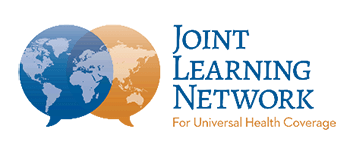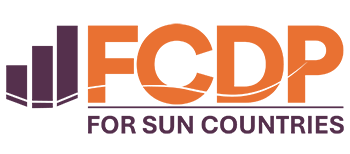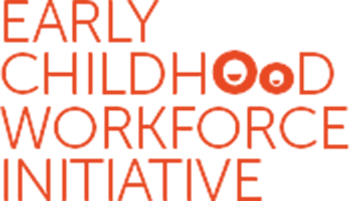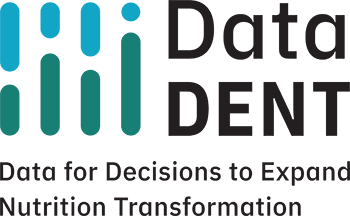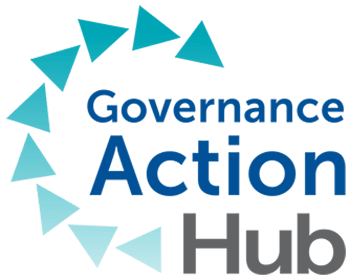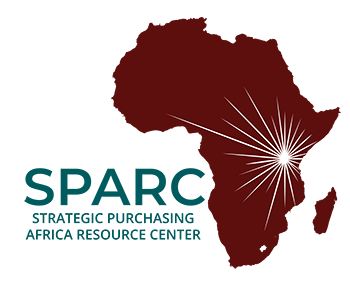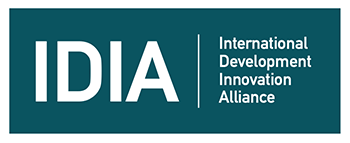The SALEX journey: Four lessons on what global education networks need to thrive
Over the past two years, the School Action Learning Exchange (SALEX) has brought together a diverse group of education organizations and networks, all focused on one goal: improving education outcomes through collaboration and evidence-based practices. With support from the Jacobs Foundation and facilitated by Results for Development (R4D), SALEX has made significant strides in advancing collaborative evidence generation and uptake in the field — and, like any ambitious journey, has encountered its share of bumps along the way.
As the network wraps up this month, we’re excited to share a new report that looks back at what worked, what didn’t, and what we’ve learned about supporting global education networks like SALEX. In this blog, we dive into four key lessons from the report. These insights go beyond just a recap of successes and aim to offer actionable advice for other network members, facilitators, and funders.
Lesson 1: Cultivating trust and connection takes time, but it’s worth it
While SALEX’s ultimate goal was collective evidence generation and uptake, it became clear early on that fostering connections was a key first step in achieving these higher-level outcomes. SALEX’s design placed a strong emphasis on creating relational spaces for members to meet, engage and build trust, which laid the groundwork for future collaboration. Through regular touch points like in-person events, facilitated space for member sharing and thematic “challenge groups,” members were able to form new connections and get to know each other beyond their traditional organizational roles. As a result, 77% of members reported forming new, active collaborations by the end of the network.
Members noted that collaboration was possible because there was a shared set of common interests across the SALEX group. Member organizations differed significantly in size, geography and mission, but there was enough overlap to make meaningful exchanges and collaboration possible.
For example, several members were grappling with questions and challenges related to measuring learner wellbeing outcomes; others were focused on strengthening public education in Latin America. Many members also valued the SALEX platform because it provided an opportunity to connect with organizations they might not typically engage with, and they were often surprised by the commonalities that emerged.
[W]hen we first entered [the network], it was very unclear whether and why we were in the same group…but then, we were reflecting on that structure and the success of that structure, whether the model was intentional or not. We ended up having a lot of really important relationships and things that we learned with actors that appear so different. I think that was actually part of the value for SALEX. It forced everybody out their little boxes and their groups, both organizationally — because of the knowledge exchange — and beyond in the circles of who you interact with.
—SALEX member
Finally, it’s important to note that collaboration was not just an end in itself. The relationships members formed served as the foundation for many of the other outcomes that SALEX was designed to achieve, including better monitoring, evaluation, and learning (MEL) and implementation practice, uptake of new evidence in members’ work, collaborative evidence uptake activities, and ultimately translation of evidence in schools, systems, and policies.
Lesson 2: Embrace flexibility in every aspect of your network’s journey
Another key lesson from SALEX’s journey is the importance of embedding flexibility into the network’s operations. The individuals who represented their organizations in SALEX evolved with the network itself, ensuring that the people who were engaged could participate in a relevant and meaningful way. For example, the first few SALEX gatherings saw participation from a diverse group of organizational representatives (research teams, CEOs, executive directors, as well as partnership and fundraising leads); however, most organizations naturally shifted who participated as the goals of the network became clearer. This flexibility also allowed organizations to share the leadership burden, especially as many were involved in other education networks.
Flexibility isn’t just about who participates — it extends to how networks adapt to shifting priorities, both internal and external. SALEX was designed to be demand driven, with a member leadership group guiding its direction; however, the network funder’s priorities also played a significant role in guiding the network’s strategy.
While the funder’s shifting priorities ultimately led to the wind down of the network, the flexibility built into its design allowed the network to adapt its activities to ensure the final few months still offered meaningful learning and exchange opportunities for members.
Lesson 3: Having the right resources in place can make all the difference
Members repeatedly emphasized that one of the standout factors contributing to SALEX’s success was the presence of concrete funding for partner collaborations.
SALEX offered catalytic funding grants, which supported members to undertake rigorous, applied research and collaborative projects aligned to SALEX’s learning agenda. This funding helped organizations overcome the inherent competition for external funding and instead find opportunities to develop new ideas and activities that went beyond what one organization could do alone.
The catalytic funding where you pushed us to collaborate with another network org was one of a kind. With our [CF partner] we had connected in the past, but this opportunity pushed both our organizations to learn about the other’s work and truly collaborate. If this CF had not been there, we may not have done that.
—SALEX member
In addition to funding, the presence of a well resourced backbone organization played a key role in ensuring that the network remained on track. Members explained that having a neutral, supportive facilitator helped keep members engaged, consolidated learning, and ensured that the network’s activities were effectively coordinated.
You don’t just knock on the door of an organization and say, ‘Hi, can we learn from you? Do you want to learn from us?’ We needed that facilitation.
—SALEX member
Lesson 4: Thoughtful closure is just as crucial as a strong start
Not every network can continue indefinitely. For SALEX, the closure of the network after its initial two-year phase was a tough reality, but it provided invaluable lessons on how to gracefully wrap up a project and ensure its impact endures.
As SALEX approached its closure, the R4D team and members worked together to develop a reduced work plan that included essential activities to keep members engaged and support the network’s sustainability. This included in-person and virtual events focused on topics members cared about, and spaces to reflect on successes and network learnings. SALEX also made a conscious effort to celebrate both big and small achievements, shifting the narrative from closure to legacy through a capstone event that highlighted the network’s collective impact.
Clear and early communication was also needed. Once SALEX knew its funding would not be renewed, R4D and the Jacobs Foundation acted quickly to inform the network and provide space for members to process the transition and ask questions.
Lastly, the importance of network champions became evident. While securing additional funding proved difficult, passionate members advocating for SALEX’s cause helped make a strong case for future investment.
Taking these lessons forward
As we look to the future, we hope these insights and lessons from SALEX will prove valuable to other networks and initiatives seeking to foster meaningful collaboration across education system actors.
To dive deeper into the insights from SALEX, explore the full report here.


